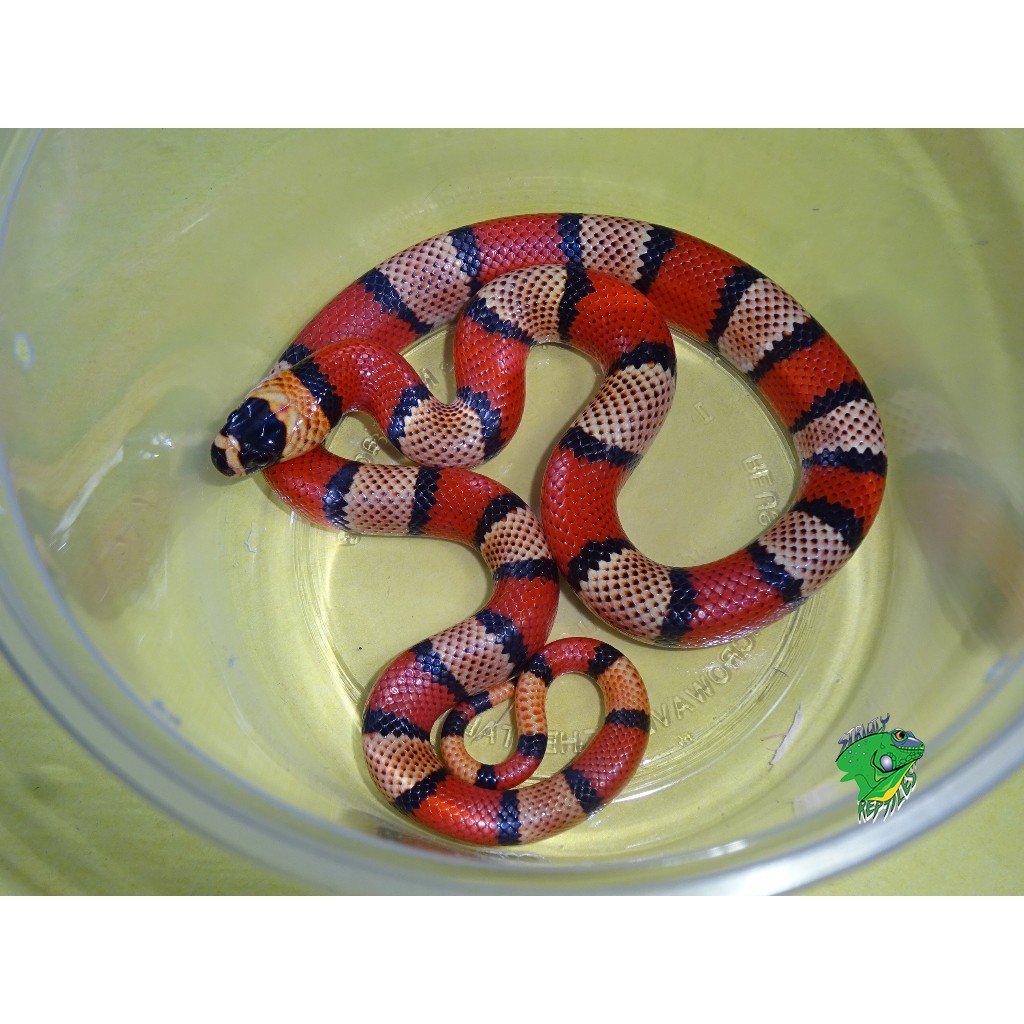

Do not use pine or cedar products for bedding. Unfortunately, it can be difficult to locate in many parts of the country. Some keepers prefer cypress mulch as it is natural looking and can be lightly sprayed to increase humidity. We have utilized shredded aspen bedding for decades it’s inexpensive, lightweight and easily spot-cleaned. Paper towels or newspaper are easily changes and inexpensive, if unattractive. Replace the moss frequently, especially if it’s soiled.Ī number of substrates have been used successfully with Hondurans. If either are encountered, placing lightly moistened long-fibered sphagnum moss inside the hide houses is a simple cure. Signs this is needed include a snake’s failure to shed properly and/or excessive soaking in its water dish. In drier climates, it may be necessary to increase humidity slightly. Normal ambient humidity is sufficient for Honduran milksnakes kept in most homes throughout the U.S. Check these temperatures with a quality thermometer placed on the floor of the cage rather than a stick-on thermometer placed high up on a cage wall. Place the heater at one end of the cage and use a thermostat to provide a warm side between 82 and 85 degrees Fahrenheit and a cool side between 72 and 75 degrees. Undertank or substrate heating is recommended for a heat source. Most hobbyists can utilize standard aquaria, and a 30-gallon aquarium (36 inches long by 12 inches wide by 14 inches tall) is appropriate for most adult Hondurans, and a 5 gallon (16 inches long by 8 inches wide by 8 inches tall) is plenty spacious for hatchlings and juveniles up to about 2 feet in length. This will allow the snake to choose its preferred temperature while still remaining hidden.Īt VMS, we maintain our Hondurans in plastic tubs in a rack system, with 6-quart tubs 14½ inches long, 8 inches wide and 45/8 inches tall for babies, and 32-quart tubs measuring 23½ inches long by 16 inches wide by 63/8 inches tall for adults. Compact hide houses are mandatory use two, one at the warm end of the enclosure and one at the cooler end. They can be rather nervous (especially juveniles, as mentioned), and actually seem more comfortable in smaller cages than one would suspect. There is usually little seasonal variation in climate this close to the equator. Hondurans may be found from sea level to higher up into mountainous terrain, with specimens reported at elevations of up to 5,000 feet.

While adults average 4 to 5 feet in length, specimens up to 7 feet in length are known. One of several very similar milksnake subspecies found throughout Central America and northwestern South America, it is a large and powerful constrictor. hondurensis) is known to occur in forest floor and grassland habitat throughout subtropical lowland areas of Honduras, Nicaragua and extreme northern Costa Rica. And part of those acquisitions was a wide selection of hatchling Hondurans, including specimens of all the morphs that were available. Then later, starting in 1991 and continuing through 2001, I began acquiring large numbers of snakes with the intent to expand into the full-time breeding business I own and operate to this day. Unfortunately, all were already sold and it would be many years before I would see Hondurans again. These Honduran milksnakes were massive animals of 5 and 6 feet, and completely unlike any milksnake I had seen before. Previously, the only milksnakes I had seen were the local Central Plains milks ( Lampropeltis triangulum gentilis), which were small snakes that rarely exceeded 2 feet in length. During a visit to a local wholesaler, I was directed to a cage containing several specimens of Hondurans. I was a teenager working my first job in a reptile store in Colorado.

Although the year was 1978, I still vividly remember seeing my first Honduran milksnakes.


 0 kommentar(er)
0 kommentar(er)
